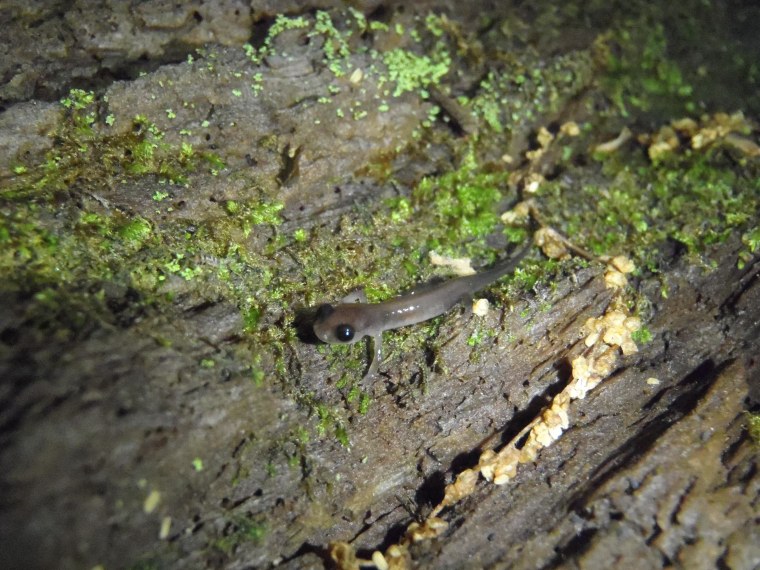In what scientists suspect is further confirmation of the environmental impact of climate change, wild salamanders in North America are getting smaller as their surroundings get warmer and drier.
A University of Maryland-led research team studied museum specimens caught in the Appalachian Mountains from 1957 to 2007 and wild salamanders measured at the same sites in 2011-2012.

They found that the salamanders studied after 1980 were, on average, 8 percent smaller than those from earlier decades. The size changes were most pronounced for salamanders in the Southern Appalachians and at low elevations — settings where the climate has warmed and dried out most over the years.
Overall, on average, the salamanders shrunk by 1 percent per generation.
"This is one of the largest and fastest rates of change ever recorded in any animal," Karen R. Lips, an associate professor of biology at the University of Maryland and the study's senior author, said in a statement. "We don't know exactly how or why it's happening, but our data show it is clearly correlated with climate change."
The study, "Widespread Rapid Reductions in Body Size of Adult Salamanders in Response to Climate Change," was published online in Global Change Biology on Tuesday.